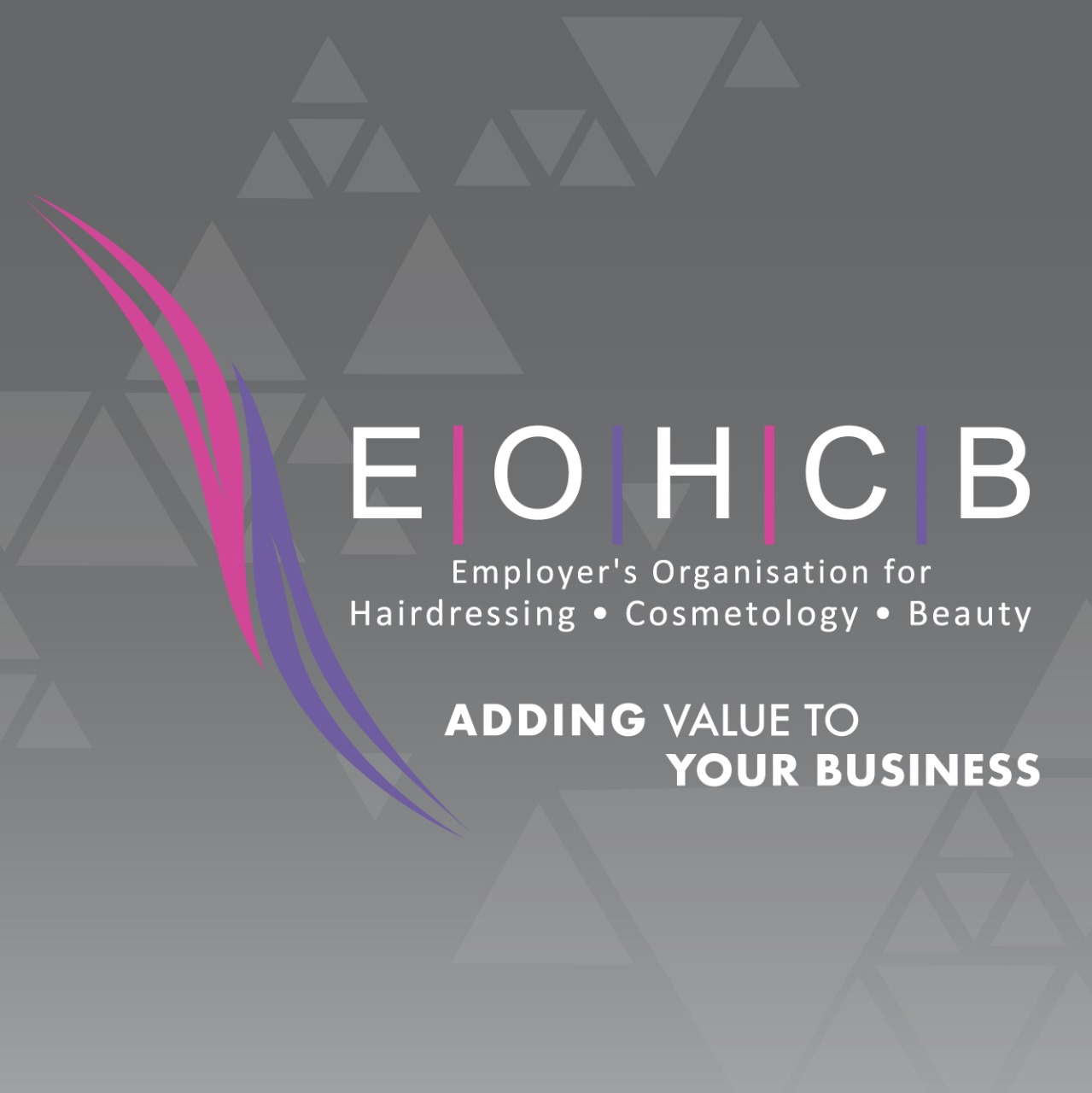UNDERSTANDING WORKPLACE SKILLS PLANS (WSPs) AND ANNUAL TRAINING REPORTS (ATRs) IN SOUTH AFRICA
- EOHCB National

- Dec 3, 2024
- 4 min read

In accordance with the Skills Development Act of 1998, all registered employers with an annual payroll exceeding R500 000 are required to pay Skills Development Levies (SDL) and subsequently submit a Workplace Skills Plan (WSP) and an Annual Training Report (ATR). These submissions must be made annually to the relevant Sector Education and Training Authorities (SETA) before the deadline of 30 April each year.
Workplace Skills Plans (WSPs)
A Workplace Skills Plan (WSP) is a strategic document that outlines an organisation's skills development initiatives for a specific period, typically one year. It identifies the current and future skills needs within the organisation and the steps to address these needs through various training initiatives. The plan should include:
The current skills profile of employees
Skills gaps and training needs
Planned training interventions
Strategies for recruiting and developing skills
Specific targets for skills development, including those related to employment equity
Annual Training Reports (ATRs)
An Annual Training Report (ATR) is a comprehensive document that details the implementation of the Workplace Skills Plan. Employers must submit this report to their relevant SETA, and it typically includes:
Actual training conducted during the year
Number of employees trained
Types of training programs implemented
Expenditure on training and skills development
Progress towards meeting skills development targets
Key Objectives
The main objectives of the Skills Development Act are to:
Encourage employers to invest in skills development
Promote lifelong learning
Address skills shortages in various sectors
Support the employment equity objectives of the country
Compliance Requirements
Employers must submit their WSPs and ATRs to their respective SETAs by the specified deadlines. Non-compliance can result in penalties, including potential levy recoveries. Companies contribute to the SDL, which is 1% of their annual payroll, and can be partially recovered through approved training initiatives.
Importance of WSPs and ATRs
These documents are crucial for:
Aligning workforce development with organisational and national economic goals
Tracking progress in skills development
Ensuring continuous learning and development in the workplace
Supporting broader socio-economic transformation in South Africa
The process is managed through the National Skills Development Strategy, which guides skills development efforts across different sectors of the economy.
Mock Example Workplace Skills Plan
Glamour Beauty Salon
Period: 2024-2025
1. COMPANY PROFILE
Company Name: Glamour Beauty Salon
Industry Sector: Personal Care Services
Total Employees: 35
SETA: Services Sector Education and Training Authority (SSETA)
2. CURRENT SKILLS PROFILE
2.1 Workforce Demographic
Senior Stylists: 5 employees
Race Breakdown: 40% Black, 30% White, 20% Coloured, 10% Indian
Gender: 80% Female, 20% Male
Junior Stylists: 10 employees
Race Breakdown: 50% Black, 25% Coloured, 15% White, 10% Indian
Gender: 90% Female, 10% Male
Beauty Therapists: 8 employees
Race Breakdown: 60% Black, 20% Coloured, 15% White, 5% Indian
Gender: 95% Female, 5% Male
Reception and Administrative Staff: 7 employees
Race Breakdown: 45% Black, 30% White, 15% Coloured, 10% Indian
Gender: 85% Female, 15% Male
Apprentices/Learners: 5 employees
Race Breakdown: 60% Black, 20% Coloured, 15% White, 5% Indian
Gender: 90% Female, 10% Male
3. CURRENT SKILLS GAPS
Advanced Hair Colouring Techniques
Current Proficiency: Medium
Training Priority: High
Advance Beauty Treatment Technologies
Current Proficiency: Low
Training Priority: High
Digital Marketing and Client Management
Current Proficiency: Low
Training Priority: Medium
Business Management for Salon Professionals
Current Proficiency: Low
Training Priority: Medium
4. SKILLS DEVELOPMENT TARGETS
4.1 Employment Equity Targets
Increase representation of Black stylists in senior positions
Support apprentice/learner development and career progression
Enhance skills of women in leadership roles
4.2 Training Intervention Targets
Technical Skills Development
Advanced hair colouring certification for all senior stylists
Aesthetics beauty treatment technology workshops
Specialised training in sustainable beauty practices
Professional Development
Digital marketing course for all staff
Client relationship management training
Business management workshop for potential team leaders
Apprenticeship/Learnership and Career Development
Complete formal qualification for all 5 current apprentices/learners
Mentorship program for junior stylists
Create clear career progression pathway
5. TRAINING BUDGET
Total Training Budget: R150,000
Allocation:
Technical Skills Training: R80,000
Professional Development: R40,000
Apprenticeship Support: R30,000
6. IMPLEMENTATION STRATEGY
Partner with SSETA-accredited training providers
Utilize a mix of in-person and online training
Implement internal mentorship programs
Develop individual skills development plans
Mock Example Annual Training Report
Glamour Beauty Salon
Period: January 1, 2024 - December 31, 2024
1. TRAINING SUMMARY
1.1 Total Training Expenditure
Planned Budget: R150,000
Actual Expenditure: R145,000
Variance: R5,000 (3% under budget)
1.2 Training Participation
Total Employees: 35
Employees Trained: 33 (94% participation rate)
Total Training Hours: 1,045 hours
2. TRAINING INTERVENTIONS IMPLEMENTED
2.1 Technical Skills Training
Advanced Hair Colouring Masterclass
Participants: 5 senior stylists
Duration: 5 days
Cost: R40,000
Outcome: Certification in advanced coloration techniques
Advance Beauty Treatment Technology Workshop
Participants: 8 beauty therapists
Duration: 3 days
Cost: R25,000
Outcome: Updated skills in Aesthetic beauty technologies
2.2 Professional Development
Digital Marketing for Beauty Professionals
Participants: All 35 staff members
Duration: 2 days (online course)
Cost: R20,000
Outcome: Improved social media and marketing skills
Client Relationship Management Training
Participants: 15 senior and junior stylists
Duration: 2 days
Cost: R15,000
Outcome: Enhanced customer service skills
2.3 Apprenticeship/Learnership and Career Development
Formal Qualification Support
Participants: 5 apprentices/learners
Duration: Ongoing throughout the year
Cost: R25,000
Outcome: 4 apprentices/learners completed formal qualification
Mentorship Program
Participants: 10 junior stylists
Duration: 6 months
Cost: R10,000
Outcome: Improved skills transfer and career progression
3. EMPLOYMENT EQUITY PROGRESS
3.1 Representation Improvements
Promoted 2 Black stylists to senior positions
Increased diversity in leadership roles
Supported career development for women in the salon
3.2 Skills Development Impact
4 apprentices/learners completed national qualification
3 junior stylists moved to senior stylist roles
Increased overall technical proficiency across the team
4. CHALLENGES AND RECOMMENDATIONS
Need for more specialised advanced training
Recommended investment in emerging beauty technologies
Suggested expansion of digital skills training
5. CONCLUSION
The 2024 training interventions successfully addressed critical skills gaps and supported professional development in the beauty services sector.
6. SETA VERIFICATION
SETA: Services Sector Education and Training Authority (SSETA)
Verification Status: Submitted and under review

